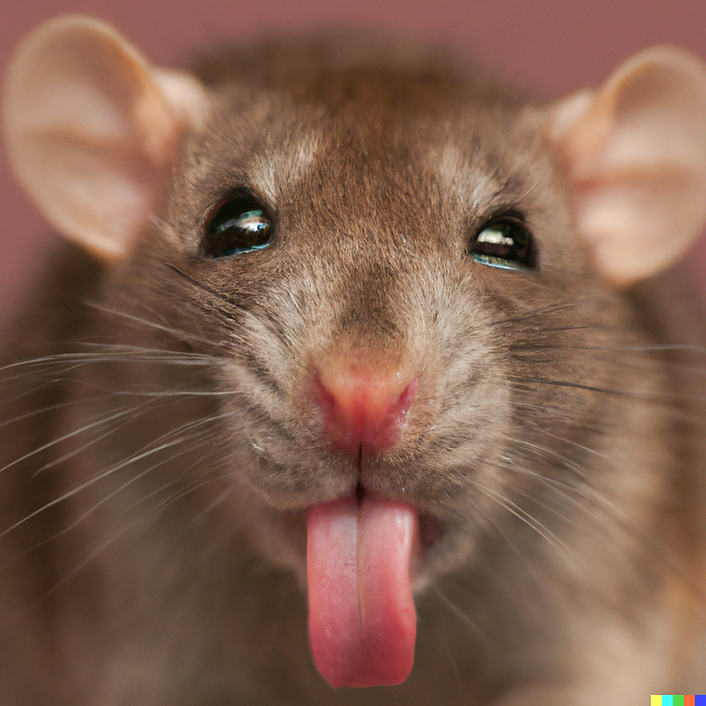At Anan Moran Lab, we are focused on understanding how taste-related information, such as taste identity and palatability, are being coded in the brain's taste system, in what way this code changes with experience, and where it is stored. One simple example of such an experience-related change is when you get a severe malaise following consuming a novel dish. People, as well as animals, learn to avoid recently consumed food, a memory that may last for the entire lifespan of the subject. This, and other taste-related behaviors adapted to rodents, are being used in the lab to study the way large distributed ensembles of neurons are dynamically coding taste and decision information to drive adaptive behavior.
- Neuropixels probes for recording hundreds of neurons
- Optogenetics and chemogenetic to control neuronal activity
- Machine learning for analyzing our data
- Immunohistochemistry to identify specific brain regions.
| Memory Progression | Social Interactions | Ongoing Activity & Memory | Bitter Taste Logic |
|---|---|---|---|
 |
 |
 |
 |
Currently hiring a Ph.D student in Computational Neuroscience. The project aims to decipher the rules that govern cortical neurons’ changes following taste learning. Specifically, the student will analyze massive amount of simultaneously recorded neurons from the gustatory cortex that were recorded continuously before, during and after taste-malaise association. This unique data will enable portraying the changes in different, but converging, level of investigation that will shed light on the network-level reorganization as a memory is being formed and consolidated.
Requirements: Motivation. Background in computation and code writing is an advantage.
Send an email with your Curriculum Vitae to Professor Anan Moran (anan@tauex.tau.ac.il) for more details.
-
Arieli, E., Younis, N., & Moran, A. (2022). Distinct progressions of neuronal activity changes underlie the formation and consolidation of a gustatory associative memory. Journal of Neuroscience, 42(5), 909-921 (Link to BioRxiv version of this article here)
-
Har-Paz I, Arieli E, Moran A. ApoE4 attenuates cortical neuronal activity in young behaving apoE4 rats. Neurobiology of Disease. 2021 Jul 1;155:105373.
-
Arieli A, Gerbi R, Shein-Idelson M, Moran A. Temporally-precise basolateral amygdala activation is required for the formation of taste memories in gustatory cortex. The Journal of Physiology; 2020 598.23: 5505-5522.
-
Har-Paz I, Roisman N, Michaelson DM, Moran A. Extra-Hippocampal Learning Deficits in Young Apolipoprotein E4 Mice and Their Synaptic Underpinning. J Alzheimers Dis. 2019; 72(1):71–82.
-
Matzner A, Moran A, Erez Y, Tischler H, Bar-Gad I. Beta oscillations in the parkinsonian primate: Similar oscillations across different populations.Neurobiology of disease 2016 93, 28-34
-
Flores VL, Moran A, Bernstein M , Katz DB. Preexposure to salty and sour taste enhances conditioned taste aversion to novel sucrose. Learning & Memory 2016 23 (5), 221-228
-
Baez-Santiago MA , Reid EE, Moran A, Maier JX, Marrero-Garcia Y, Katz DB. Dynamic taste responses of parabrachial pontine neurons in awake rats. J Neurophys. 2014 115(3), 1314-1323.
-
Moran A, Katz DB. Sensory Cortical Population Dynamics Uniquely Track Behavior across Learning and Extinction. J Neurosci. 2014 Jan 22;34(4):1248-57.
-
Yael D, Zeef DH, Sand D, Moran A, Katz DB, Cohen D, Temel Y, Bar-Gad I. Haloperidol-induced changes in neuronal activity in the striatum of the freely moving rat. Frontiers in Systems Neuroscience 7 (2013)
-
Piette C, Baez-Santiago M, Reid Emily, Katz DB, Moran A. Inactivation of basolateral amygdala specifically eliminates palatability-related information in cortical sensory response. J Neurosci. 2012 Jul 18;32(29):9981-91